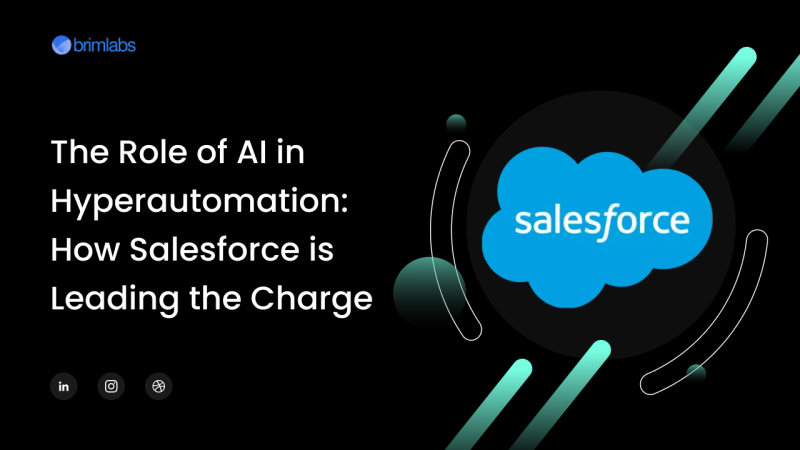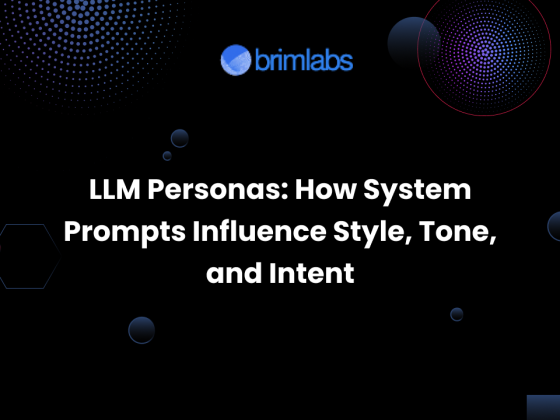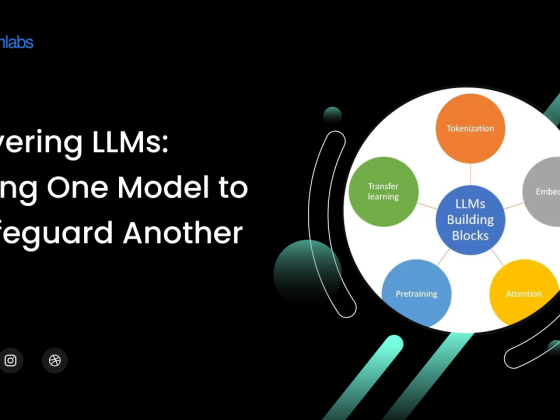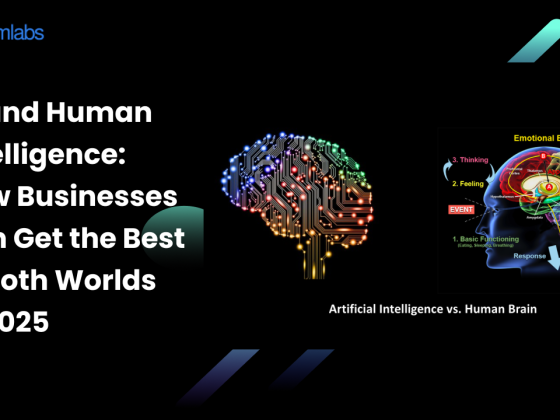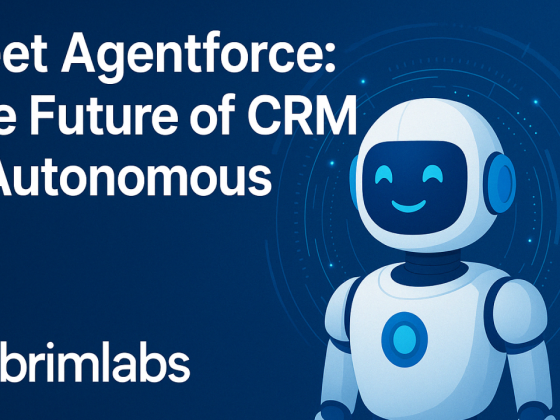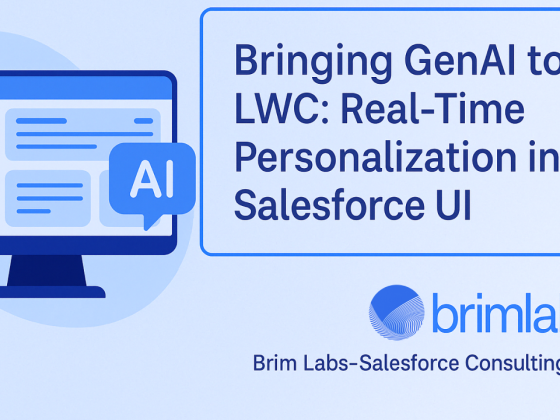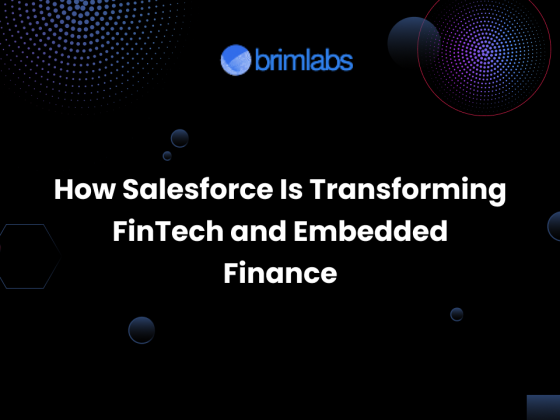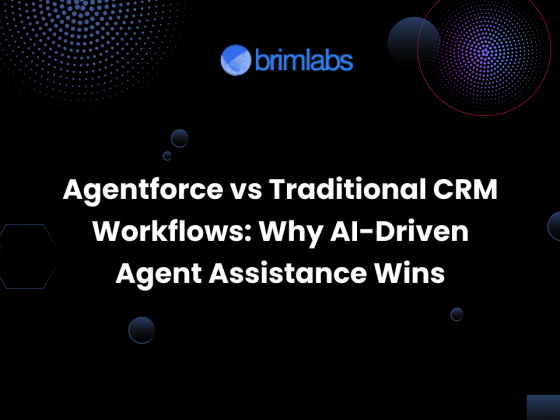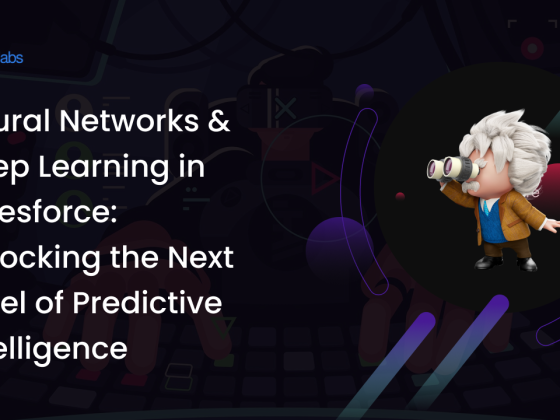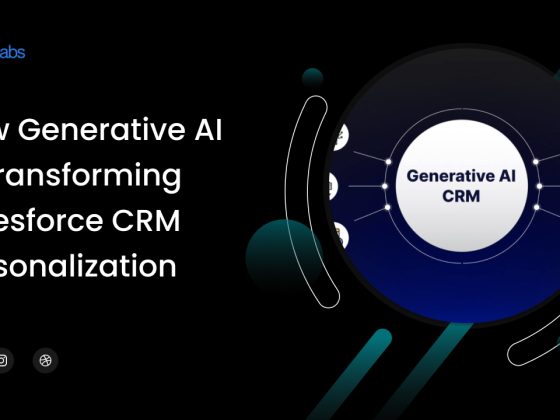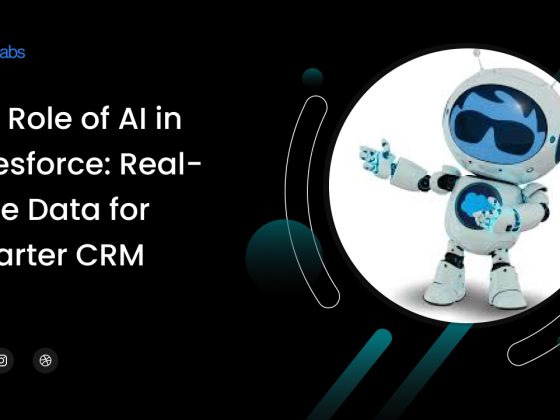In today’s rapidly evolving digital landscape, businesses are under constant pressure to streamline operations, reduce costs, and enhance customer experiences. Organizations across industries are dealing with an explosion of data, increasing customer expectations, and the need for real-time decision-making. Traditional automation techniques, which focused on automating individual tasks, are no longer sufficient to keep up with the speed of digital transformation.
This is where hyperautomation comes into play—a revolutionary approach that integrates multiple advanced technologies, including Artificial Intelligence (AI), Machine Learning (ML), Robotic Process Automation (RPA), Process Mining, and Intelligent Document Processing (IDP) to automate and optimize end-to-end business workflows. Unlike basic automation, which focuses on task-level efficiency, hyperautomation aims to create a fully autonomous enterprise by interconnecting digital systems, reducing human intervention, and enhancing decision-making capabilities.
As businesses strive to stay competitive in an increasingly AI-driven world, Salesforce has emerged as a leader in hyperautomation, offering powerful AI-driven automation solutions that empower organizations to maximize efficiency, improve customer engagement, and drive innovation. Through its AI-powered platform, Salesforce Einstein AI, Flow, MuleSoft RPA, and Marketing Cloud, Salesforce is redefining the future of business automation by enabling companies to intelligently automate complex workflows across sales, service, marketing, and IT operations.
Understanding Hyperautomation
Hyperautomation extends beyond traditional automation by combining AI, RPA, low-code/no-code development, process mining, and advanced analytics to automate complex business workflows. Unlike basic automation, which focuses on automating individual tasks, hyperautomation aims to create an interconnected digital ecosystem where intelligent systems work together to enhance decision-making, reduce manual efforts, and drive operational excellence.
Key Components of Hyperautomation
- Artificial Intelligence (AI) & Machine Learning (ML) – AI enables intelligent decision-making, predictive analytics, and automated data processing.
- Robotic Process Automation (RPA) – Automates repetitive tasks such as data entry, processing invoices, and managing records.
- Process Mining – Analyzes workflows to identify inefficiencies and recommend optimization strategies.
- Low-Code/No-Code Platforms – Enables businesses to develop and deploy applications with minimal coding effort.
- Intelligent Document Processing (IDP) – Automates document classification, extraction, and validation.
- Chatbots & Virtual Assistants – Enhances customer service by providing instant, AI-powered responses.
With these components working together, hyperautomation creates a highly efficient and adaptive business environment that minimizes human intervention while maximizing productivity.
The Role of AI in Hyperautomation
AI plays a central role in hyperautomation by adding intelligence to automation processes. Here’s how AI enhances hyperautomation:
1. Intelligent Decision-Making
AI-powered automation tools analyze vast amounts of data in real time, enabling businesses to make data-driven decisions with minimal human intervention. This is particularly useful in financial services, healthcare, and supply chain management, where quick and accurate decision-making is critical.
2. Predictive Analytics & Forecasting
AI-driven predictive analytics help businesses anticipate market trends, customer behavior, and operational challenges. This enables proactive decision-making, reducing risks and improving efficiency.
3. Process Optimization
Through AI and machine learning, businesses can identify inefficiencies in workflows and recommend process improvements. AI can suggest workflow optimizations by analyzing historical data and user interactions.
4. Enhanced Customer Experience
AI-driven chatbots, voice assistants, and personalized recommendations enhance customer interactions, reducing response times and improving satisfaction. AI ensures that customers receive relevant, timely, and personalized support.
5. Intelligent Document Processing
AI enables organizations to extract and process information from unstructured documents, emails, and forms. This is particularly useful in legal, finance, and healthcare industries where document-heavy workflows exist.
How Salesforce is Leading the Hyperautomation Revolution
Salesforce, a pioneer in AI-driven business solutions, has been at the forefront of hyperautomation with its AI-powered platform, Einstein AI, and automation tools like Flow, RPA, and Mulesoft. Let’s explore how Salesforce is enabling businesses to embrace hyperautomation.
1. Einstein AI: The Brain Behind Hyperautomation
Salesforce Einstein AI brings the power of artificial intelligence to CRM by delivering predictive analytics, intelligent automation, and data-driven insights.
- Einstein Prediction Builder – Uses machine learning models to predict customer behavior, sales trends, and business risks.
- Einstein Next Best Action – Recommends the most effective course of action for sales reps, customer support agents, and marketers.
- Einstein Chatbots – Automates customer interactions, answering queries and guiding users through processes without human intervention.
- Einstein Discovery – Provides AI-powered data analytics, enabling businesses to uncover hidden patterns and trends.
By embedding AI within Salesforce’s CRM, Einstein AI empowers businesses to automate decision-making, optimize customer interactions, and drive intelligent business processes.
2. Salesforce Flow: Automating Business Processes
Salesforce Flow is a powerful tool that enables businesses to automate workflows with minimal coding effort. It helps organizations streamline business operations, reducing dependency on manual interventions.
- Screen Flows – Enables users to create interactive guided workflows for customer service and onboarding.
- Record-Triggered Flows – Automates processes when records are created, updated, or deleted.
- Scheduled Flows – Runs automated processes at scheduled intervals, reducing manual workload.
- Approval Processes – Ensures automated approvals with predefined business rules.
With Flow, businesses can automate processes across multiple departments, enhancing efficiency and scalability.
3. Robotic Process Automation (RPA) with MuleSoft
MuleSoft, a Salesforce company, provides advanced RPA capabilities that help businesses integrate and automate legacy systems. RPA bots perform repetitive tasks such as data extraction, form processing, and system updates.
- Automates Data Entry – Eliminates manual data input across multiple systems.
- Legacy System Integration – Connects old IT systems with modern cloud-based applications.
- End-to-End Process Automation – Enables seamless automation of entire workflows across platforms.
MuleSoft’s RPA capabilities empower businesses to extend automation beyond CRM, creating an interconnected digital ecosystem.
4. Hyperautomation in Customer Service with Service Cloud
Salesforce Service Cloud leverages AI-driven automation to enhance customer service operations.
- AI-Powered Case Routing – Automatically assigns cases to the right agents based on expertise and workload.
- Automated Case Resolution – Uses AI to suggest solutions based on past case data.
- Omni-Channel Automation – Ensures consistent customer support across multiple communication channels.
By integrating AI into customer service workflows, Salesforce reduces resolution times and enhances customer satisfaction.
5. Intelligent Marketing Automation with Marketing Cloud
Salesforce Marketing Cloud utilizes AI to drive hyperautomation in digital marketing.
- AI-Driven Personalization – Recommends personalized content to customers based on behavior and preferences.
- Automated Email Campaigns – Sends targeted emails at optimal times for higher engagement.
- Customer Journey Orchestration – Uses AI to create dynamic customer journeys based on real-time data.
Marketing Cloud’s automation capabilities enable businesses to optimize campaigns, enhance engagement, and improve ROI.
The Future of AI-Powered Hyperautomation with Salesforce
As AI continues to evolve, Salesforce is expanding its hyperautomation capabilities to enable businesses to operate more intelligently and efficiently. Future advancements may include:
- Enhanced AI-driven Decision Intelligence – More sophisticated AI models for predictive analytics.
- Deeper Integration with IoT & Edge Computing – Enabling real-time automation in industries like manufacturing and logistics.
- Expanded Low-Code/No-Code Automation – Making hyperautomation more accessible to non-technical users.
- Greater Use of Generative AI – Automating content creation, customer communication, and business reporting.
With its commitment to innovation, Salesforce is set to lead the next wave of hyperautomation, empowering businesses to drive efficiency, scalability, and customer-centricity.
Conclusion
Hyperautomation, powered by AI, is revolutionizing how businesses operate, enabling them to automate complex workflows, enhance decision-making, and improve customer experiences. Salesforce, with its AI-driven solutions like Einstein AI, Flow, MuleSoft RPA, and Marketing Cloud, is leading the charge in making hyperautomation a reality for organizations across industries.
By embracing AI-powered hyperautomation, businesses can unlock new levels of efficiency, agility, and innovation—positioning themselves for success in the digital age. Additionally, platforms like Brim Lab are contributing to this transformation by offering advanced AI-driven automation solutions, enabling organizations to streamline operations and drive intelligent decision-making. As businesses continue to embrace hyperautomation, the combination of Salesforce’s ecosystem and cutting-edge AI innovations from companies like Brim Lab will shape the future of digital transformation.

